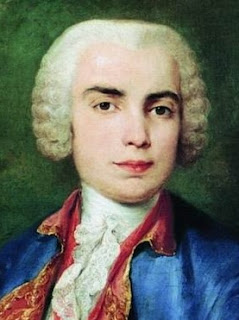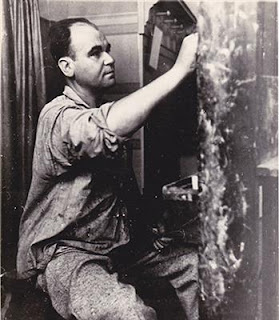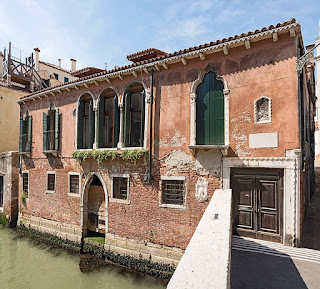Aurelio Milani - footballer
Centre forward helped Inter win first European Cup
Aurelio Milani, who helped Internazionale become the second Italian football club to win the European Cup, was born on this day in 1934 in Desio, about 25km (15 miles) north of Lombardy’s regional capital Milan. Inter beat Real Madrid 3-1 in the final Vienna in 1964 to emulate the achievement of city rivals AC Milan, who had become the first European champions from Italy the previous year. Milani, a centre forward, scored the all-important second goal in the 61st minute after his fellow attacker Sandro Mazzola had given Inter the lead in the first half, receiving a pass from Mazzola before beating Real goalkeeper Vicente Train with a shot from outside the penalty area. Madrid, whose forward line was still led by the mighty Alfredo di Stefano with Ferenc Puskas playing at inside-left, pulled a goal back but Mazzola added a third for Inter. But this was the so-called Grande Inter side managed by the Argentinian master-tactician Helenio Herrera. Read more…
____________________________________________________________
Battle of Agnadello
The day Venice lost most of its territory
Venetian forces were defeated by troops fighting on behalf of France, Spain and the Pope on this day in 1509 at the Battle of Agnadello in Lombardy. As a result, the Republic of Venice was forced to withdraw from much of its territory on the mainland of Italy. The writer Niccolò Machiavelli later wrote in his book, The Prince, that in one day the Venetians had ‘lost what it had taken them 800 years of exertion to conquer.’ Louis XII of France, the Emperor Maximilian, Ferdinand II of Aragon and Pope Julius II had formed the League of Cambrai with the aim of dismantling the mainland empire of Venice. The decisive battle took place near the village of Agnadello, where the Venetian commander Bartolomeo d'Alviano was wounded and captured and more than 4,000 of his men were killed. When news of the battle reached the rest of the Venetian army, many soldiers deserted and Louis soon occupied the rest of Lombardy, claiming the Venetian cities of Bergamo, Brescia, Crema and Cremona for France, with other territories divided between his partners in the League of Cambrai. Read more…
________________________________________________________________
Marco Zanuso - architect and designer
Innovative ideas put Italy at the forefront of contemporary style
Marco Zanuso, the architect and industrial designer whose innovative ideas helped revolutionize furniture and appliance design in Italy after the Second World War, was born in Milan on this day in 1916. Influenced by the Rationalist movement that emerged in the 1920s, he was one of the pioneers of the Modern movement, which brought contemporary styling to mass-produced consumer products. His use of sculptured shapes, bright colours, and modern synthetic materials helped make Italy a leader in furniture fashion. With the postwar recovery of the Italian economy there was a substantial growth in industrial production and mass-produced furniture. By the 1960s and 1970s, Italian interior design reached its pinnacle of stylishness. Zanuso was at the forefront, producing designs that used tubular steel, acrylics, latex foam, fibreglass, foam rubber, and injection-moulded plastics. Read more...
Home
























